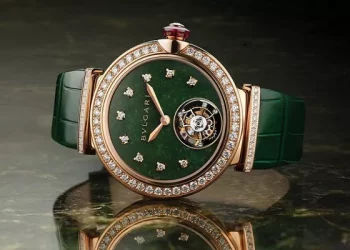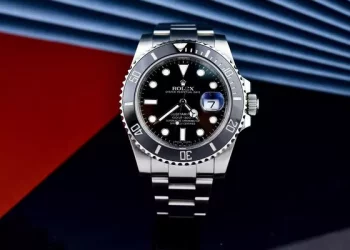Sure, I can provide you with a brief overview of how quartz watches work.
Quartz watches are some of the most popular and accurate timekeeping devices in the world. They rely on the piezoelectric properties of a small quartz crystal to regulate the watch‘s timekeeping mechanism. Unlike mechanical watches that rely on springs and gears to keep time, quartz watches use electronic components to track the passage of time.
The quartz crystal in a quartz watch is typically cut in the shape of a tiny tuning fork. When an electric current is applied to the crystal, it vibrates at a precise frequency. This frequency is incredibly consistent, and it allows the watch to maintain accurate timekeeping even in the face of outside factors that might impact its operation, such as temperature changes or magnetic fields.
The vibrations of the quartz crystal are measured by a small electronic circuit within the watch. The circuit counts the number of vibrations per second and uses that data to regulate the watch’s timekeeping mechanism. This mechanism typically includes a stepper motor that moves the watch’s hands or digital display with each passing second.
Quartz watches also typically include a battery that provides power to the watch’s electronic circuit. These batteries can last for years and are easy to replace when they run out of power.
Overall, the quartz crystal at the heart of a quartz watch is what makes these devices so precise and reliable. While there are many different types of watches on the market, quartz watches continue to be a popular choice for those who value accuracy and convenience in their timekeeping devices.












































